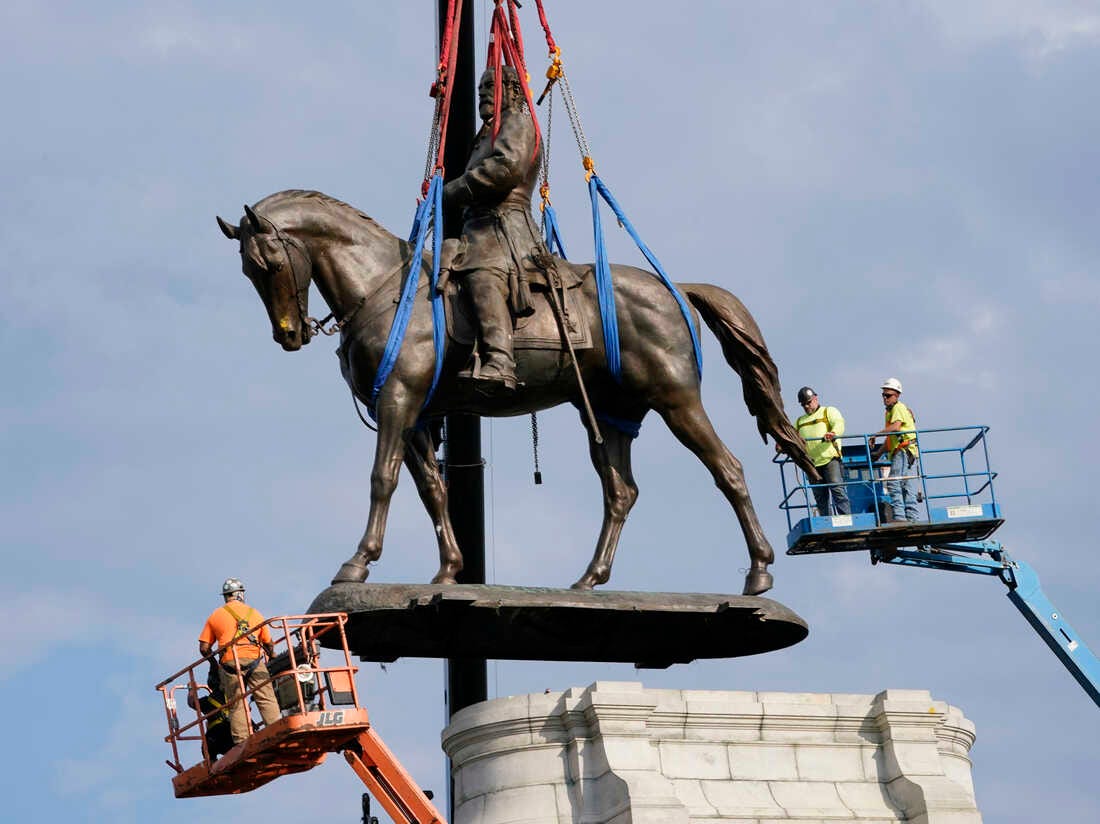A Future in Which There are No Confederate Monuments is Closer Than You Think
Thinking back to the summer of 2015, I never could have predicted the radical transformation that has taken place to the Confederate monument landscape in towns and cities across the country. In the wake of the heinous murders committed by Dylann Roof in Charleston’s Mother Emanuel AME Church, I thought we would see the removal of the Confederate flag from the State House grounds in Columbia, South Carolina and a few other places. My mind had not yet even conceived of the possibility of the removal of Confederate monuments.
In addition to the removal of monuments we’ve seen changes to the names of school buildings, streets, and in the next few months, military bases that honor Confederate military leaders. It is the removal of Confederate monuments, however, that offers a true measure of how our collective memory of the Civil War and the Confederacy has evolved in recent decades.
The Southern Poverty Law Center estimates that there are 723 Confederate monuments throughout the United States. I would estimate that somewhere around 220 have been removed since 2015, including at least 113 that have been removed since the police murder of George Floyd in May 2020. Removals are now taking place at a much slower pace, which will likely continue for the foreseeable future, but this does not tell the whole story.
Not all Confederate monuments are equal and not all locations that include Confederate monuments are equal.
Consider the former capital of the Confederacy, Richmond, Virginia. Up until a few years ago, there was no more important site of Confederate memory and Lost Cause veneration. Five large Confederate monuments were dedicated on what became Monument Avenue between 1890 and 1930. Smaller monuments and statues dotted the city’s landscape making it virtually impossible to escape the gaze of Lee, Jackson, Stuart, Davis, and the Confederate soldier atop their pedestals.
Today they are all gone, except for a statue honoring Confederate general A.P. Hill, which will soon join his former comrades in temporary storage.
It occurred to me yesterday that within a few years a new generation of Richmonders will have grown up without ever having seen a Confederate monument in a public space.
Monument Avenue and the many other public spaces, where these monuments were once located will have been completely transformed, hopefully in ways that reflect the values of the entire community and that are welcoming to all.
If things go as planned, the only connection that future school children in Richmond will have to these monuments will be through a visit to a local museum. There they will be introduced to the current debate about these monuments, which for them will feel like just another chapter in a distant past.
They may wonder why our generation even had to debate whether monuments that honor the Confederacy, including its military and political leaders were appropriate for our public spaces.
I’ve never had the experience of walking in sight of a monument and being made to feel as if I am not welcome in that community or made to feel as if I am less than a full person. No one should experience this in their own community.
I am relieved to know that the next generation of Richmonders will never have this experience.




